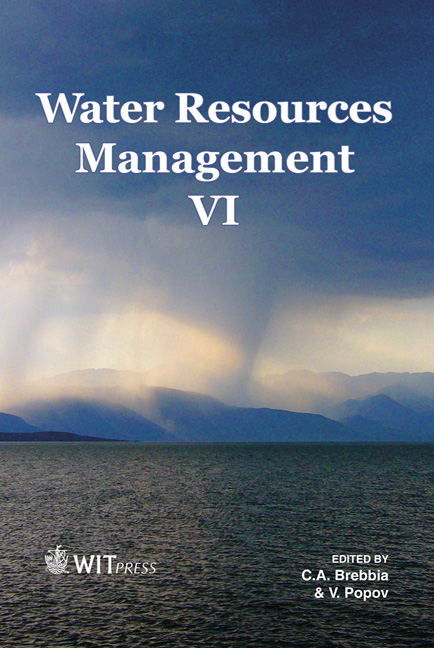Applying A Fish Biological Integrity Index To A Restoration Plan In A Small-sized River: Case Study In The Kamisaigo River
Price
Free (open access)
Transaction
Volume
145
Pages
12
Page Range
113 - 124
Published
2011
Size
1191 kb
Paper DOI
10.2495/WRM110101
Copyright
WIT Press
Author(s)
R. Lopa, H. Hayashi, Y. Shimatani & J. Nakazima
Abstract
Although many river restoration projects have been conducted in Japan, reliable results concerning the environmental assessment methods have not yet been obtained. Therefore, we conducted a study on the Kamisaigo River, a tributary of the Saigo River, which flows through the city of Fukutsu, Japan. The study river had been canalized for alignment, with concrete revetment of the river bank, in turn reducing the biological function of the river. In 2007, Fukutsu City Government initiated a restoration program to improve the environmental quality of the river. The aim of the present study was to determine the optimal method of evaluating the river environment. We surveyed the fish fauna and physical environment to assess the environmental condition of the river using a fish index developed by Kyushu University. This index incorporates 16 indicators based on fish behaviour and life history (e.g. preferred flow rate, environmental requirements for spawning). The survey results from seven sampling stations indicated that the environmental quality of the river substantially varies across sites. Due to the presence of a diversity of habitat types, station 1 was in good condition compared with the other six stations. In contrast, stations 2 and 6 were in moderate to poor condition with low values of at least one indicator. Using these assessment results, we will be able to determine the specific weaknesses that affect the condition of a given station. Based on these findings, a restoration and improvement program should be established to accomplish several goals,
Keywords
fish index, rehabilitation plan, environmental variation





